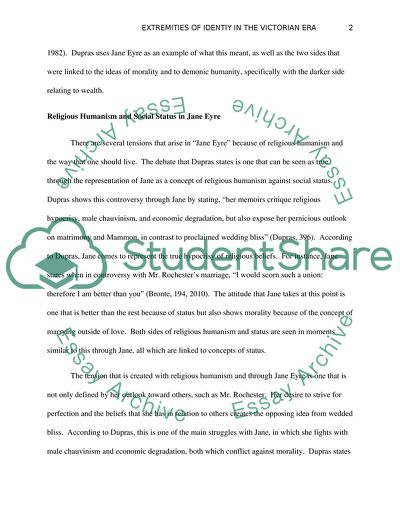Cite this document
(Extremities of Identity in the Victorian Era Research Paper, n.d.)
Extremities of Identity in the Victorian Era Research Paper. Retrieved from https://studentshare.org/literature/1735864-english-lit
Extremities of Identity in the Victorian Era Research Paper. Retrieved from https://studentshare.org/literature/1735864-english-lit
(Extremities of Identity in the Victorian Era Research Paper)
Extremities of Identity in the Victorian Era Research Paper. https://studentshare.org/literature/1735864-english-lit.
Extremities of Identity in the Victorian Era Research Paper. https://studentshare.org/literature/1735864-english-lit.
“Extremities of Identity in the Victorian Era Research Paper”, n.d. https://studentshare.org/literature/1735864-english-lit.


